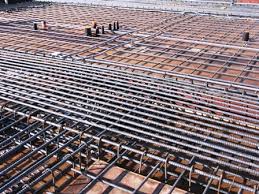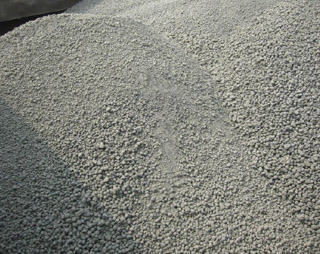


|
zinc oxide serves as the accelerator with some types of elastomer and the crosslinks, takes several forms. with some sysytems, zinc oxide is an effective co-accreletor in the valcanization processs: |

|
The properties imparted by Zinc Oxide to some of the newer applications are as electronic glass, low-melting glass for metal-to-glass seals, thermistors for use as lighting arresters and devitrified glasses of low thermal expansion. |

|
Zinc Oxide provides reinforcement in natural rubber, and in some synthetic elastomers such as polysulfides and chloroprenes. The degree of reinforcement appears to depend upon a combination of the particle size of the oxide, the finest size being the most effective, and the reactivity of the oxide with the rubber. Under such service condition involving rapid flexing or compression, Zinc Oxide also provides heat conduction to more rapidly dissipate the heat and thereby provides lower operating temperatures. In addition, it imparts heat stabilization by reacting with acidic decomposition products. |

|
In high-voltage wire and cable insulation, Zinc Oxide improves the resistance to corona effects by its dielectric strength, and at elevated operating temperatures it contributes to maintenance of the physical properties of the rubber compound by neutralization of Acidic decomposition product. |

|
Zinc compounds can provide a variety of properties in the plastics field. Heat resistance and mechanical strength are imparted to acrylic composites by Zinc Oxide. Zinc Oxide contributes to the formation and cure of epoxide resin. Addition of Zinc Oxide to epoxy resins cured with aliphatic polyamines imparts higher tensile strength and water resistance. Zinc Oxide imparts fire-resistant properties to nylon fibers and moldings. |

|
Zinc Oxide is useful in the preservation of plantation latex as it reacts with the enzyme responsible for the decomposition. The oxide is also a fungistat, inhibiting the growth of such fungi as mold and mildew. |

|
In the curing process for natural rubber and most types of synthetic rubbers, the chemical reactivity of Zinc Oxide is utilized to activate the organic accelerator. The unreacted portion of the Zinc Oxide remains available as a basic reserve to neutralize the sulfur-bearing acidic decomposition products formed during vulcanization. Adequate levels of Zinc Oxide contribute markedly to chemical reinforcement, scorch control, and resistance to heat-aging and compression fatigue. |

|
Zinc Oxide is mainly used in Zinc soap,ointment, dental inalysis food powders etc. zinc oxide forms an indispensable element of the production process of this industry . |

|
Some of the unique electronic properties of Zinc Oxide are distinctively utilized in the photocopying process. For use in that process, Zinc Oxide is increased in photoconductivity and semiconductor properties by special heat and/or doping treatments (addition of foreign elements). Also, Zinc Oxide is greatly modified in optical properties to increase its absorption of light rays in the visible region. This process known as sensitization, is generally carried out by addition to certain dyes, which are absorbed on the surface of the Zinc Oxide. |

|
In the bonding of rubber to brass, Zinc Oxide reacts with copper oxide on the brass surface to form a tightly adhering Zinc-copper salt. |

|
The beneficial effects of Zinc Oxide additions to Portland cement have long been known -retardation of setting and hardening (to reduce the rate of heat evolution), improvement in whiteness and final strength. |
Our highly skilled technical team can assist you to choose the right grade of Zinc Oxide.
We also can supply the materials based on your product specification requirements.
Copyrights @ KMC | All Right Resurved | Designed by Anshika Media Solution